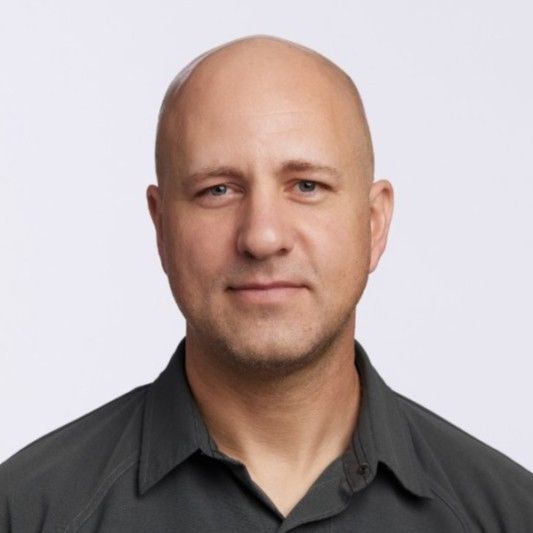Blog
Article
Reduce patient no-shows with a personalized, digital solution-driven approach
Author(s):
Better technology is good for patient health and the financial health of physicians’ practices.
© Suriyo - stock.adobe.com

In today’s digital age, patients expect more out of primary care physicians and other health care staff than ever before. However, ongoing staffing shortages and employee burnout have had a tangible impact on patient care, with a growing number of patients claiming to feel devalued. In fact, a recent study from Weave found that 62% of patients report that they have felt rushed, not heard, or not paid attention to by a primary care physician or other clinician. As a result, patients are becoming less likely to schedule future appointments or turn to other care options.
These challenges go beyond abstract concerns over patient well-being. They’re having a real impact on practices’ bottom lines. Patient no-shows are on the rise, which according to one study, cost the U.S. health care system more than $150 billion a year and individual physicians an average of $200 per unused time slot.
Branden Neish
Weave

Both parties lose when patients skip out on appointments – patients don’t receive timely and preventive care, and practices waste time and lose revenue. However, there are tools available that can help reduce no-shows by automating and streamlining transactions such as online scheduling and automated appointment reminders. With these tools shouldering the burden of backend communications, medical professionals can get back to what should be their primary focus: their patient’s care.
Increasing your bottom line with technology
The benefits of modern technology often dominate national conversation, so it’s no surprise that the vast majority of health care leaders agree that better technology is good for their business. But according to Weave’s study while 98% of physicians say that technology is important to providing a great client/patient experience and increasing revenue, 46% of offices haven’t updated their office technology in more than two years.
Outdated systems only fuel frustrations for both patients and staff. Challenges scheduling appointments or accessing information stemming from older or incompatible systems can lead to fewer appointments scheduled or attended, and therefore less revenue, all while creating additional work for health care staff who are already stretched thin due to ongoing staffing shortages.
By investing in modern, digitized platforms like communication and scheduling systems, health care clinics can streamline essential time-consuming administrative tasks, easily organize patient data, automate appointment reminders, and more. With operational efficiency comes improved patient satisfaction and retention, and ultimately a better bottom line.
Personalizing communication to decrease no-shows
When patients miss appointments, it isn’t just the practice’s revenue stream that takes a hit. The patient’s health also sees a negative impact, as they aren’t regularly receiving important care.
Primary care physicians and all health care providers can reduce the rate of no-shows and mitigate some of the potential damage to patient health by meeting their patients where they are in terms of digital communication preferences. Whether it’s texting, email, or a phone call, the ability to reach patients through the method they find the most accessible can go a long way in increasing the chance they come in for their appointment.
The ability for a patient to personalize which communication channel they are contacted through improves the likelihood of that patient seeing an appointment reminder or other related communication. By improving those odds, the chances of that patient making it to the doctor’s office also increase.
Not all digital communication systems and methods are created equal, however, as patients have showna clear preference for text messaging. Weave’s study found that 80% of patients prefer to receive appointment reminders via text message. That preference aligns with many health care professionals as well given 53% agree that text messages are the most effective way to prevent patient no-shows.
The way patients want to be engaged with is evolving as quickly as technology is, and health care leaders must find ways to evolve with them or risk patient attrition.
Keeping up with patient expectations and enhancing experiences
For small health care clinics, the quality of care and level of attentiveness they provide to patients is often a differentiator. But old technology and tedious administrative tasks can bog staff down and eat up valuable time. The limited capabilities of these antiquated technologies also fail to meet patient expectations where they currently are.
Since the pandemic, the belief among 52% of physicians and other clinicians is that patient expectations around the care they receive have increased and that they need to utilize technology to better keep up with demands. Investment in better technology is also an investment in patient experience, as it unlocks additional hours per day that would otherwise go to managing backend communication, leaving medical staff free to get back to provide more personalized care.
Between these rapidly changing patient expectations and continuing labor pressures, health care practices have reached the point where they can either listen to the needs of their patients and invest in better digital solutions or run the risk of closing their doors forever. For the health of the patient and their own bottom lines, it’s critical for health care staff to embrace a personalized patient experience and the digital solutions that can facilitate it.
Branden Neish is chief product and technology officer at Weave. Before joining Weave, he served in multiple leadership positions including CEO of Gear.com, CEO of Agemni, and vice president of product and integrations at Progressive Leasing.





